Home>Home Appliances>Laundry Appliances>Why Is There Water In My Washing Machine
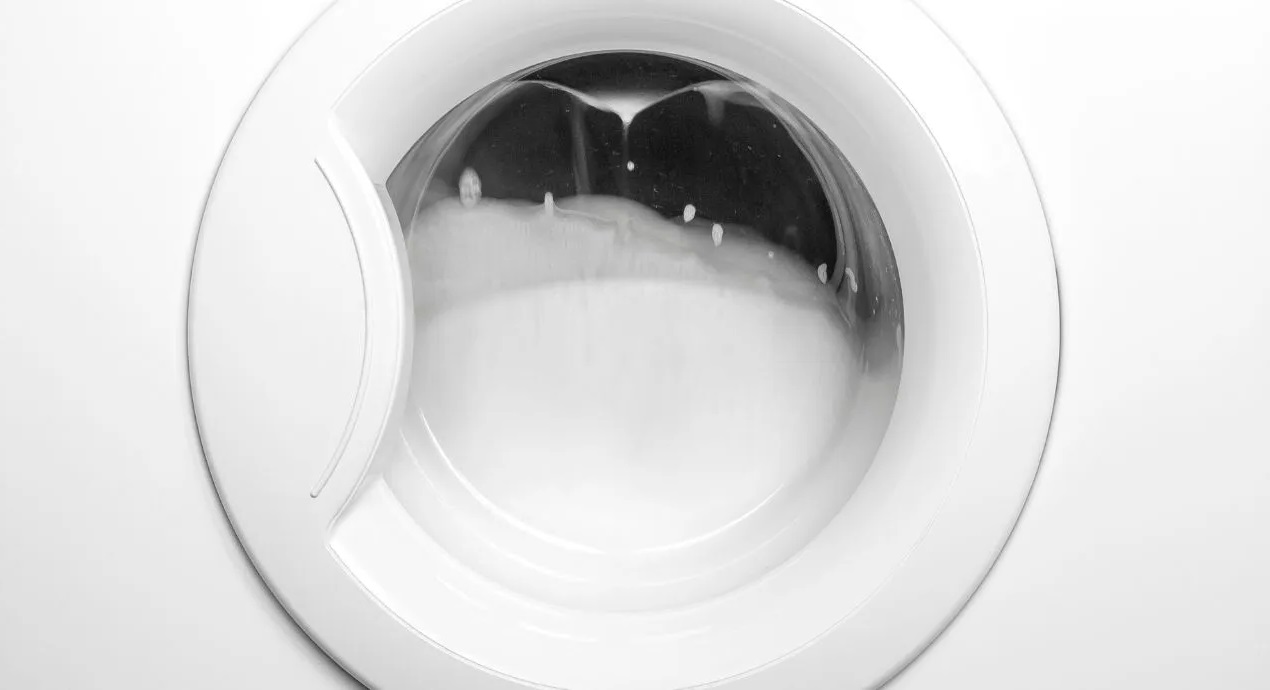

Laundry Appliances
Why Is There Water In My Washing Machine
Modified: March 2, 2024
Discover why water might be accumulating in your washing machine and how to troubleshoot this common issue with laundry appliances. Keep your laundry routine running smoothly!
(Many of the links in this article redirect to a specific reviewed product. Your purchase of these products through affiliate links helps to generate commission for Storables.com, at no extra cost. Learn more)
Common Causes of Water in Washing Machine
Water in your washing machine when it's not in use can be a cause for concern. Understanding the common causes of this issue can help you identify and address the problem effectively. Here are some potential reasons for water accumulation in your washing machine:
-
Faulty Water Inlet Valve: A malfunctioning water inlet valve can lead to water seepage into the washing machine tub when it's not in use. This valve is responsible for controlling the flow of water into the machine during the wash cycle. If it fails to close properly, water may continue to trickle in, resulting in an unwanted pool of water.
-
Worn Out Door Seal: The door seal, also known as the door gasket, forms a watertight seal when the washing machine is in operation. Over time, wear and tear can compromise the integrity of the seal, allowing water to escape and accumulate around the door area.
-
Clogged Drain Pump or Hose: A clogged drain pump or hose can impede the proper drainage of water from the washing machine after each cycle. This obstruction can lead to residual water retention, causing the tub to fill up with water when the machine is not in use.
-
Leaking Tub: A damaged or cracked washing machine tub can result in water leakage, even when the appliance is idle. This type of leak is often more noticeable when the machine is not in use, as the water has time to accumulate and become visible.
-
Excessive Detergent Usage: Using an excessive amount of detergent or the wrong type of detergent can lead to excessive sudsing during the wash cycle. This can cause water to overflow from the tub and collect at the bottom of the machine when it's not in use.
Understanding these common causes of water in your washing machine can empower you to take the necessary steps to address the issue. By identifying the root cause, you can effectively troubleshoot the problem and prevent further water accumulation, ensuring the optimal performance of your washing machine.
Key Takeaways:
- Keep your washing machine in top shape by checking for water leakage causes like faulty valves, worn seals, and clogged pumps. Regular maintenance and proper detergent usage can prevent water build-up and ensure efficient performance.
- Regular maintenance is key to a long-lasting washing machine. Inspect for leaks, clean the pump and hose, and balance loads for smooth operation. This proactive approach saves energy and prevents water-related issues.
Read more: Why Does My Washer Not Fill Up With Water
How to Troubleshoot Water Leakage in Washing Machine
Identifying and addressing water leakage in a washing machine is crucial to prevent potential damage and ensure the appliance's optimal functionality. Here are the steps to troubleshoot water leakage effectively:
-
Inspect the Water Inlet Valve: Begin by examining the water inlet valve for any signs of damage or wear. If the valve is faulty, it may not close properly, leading to water seepage into the machine when it's not in use. Replace the water inlet valve if necessary to restore its proper functioning.
-
Check the Door Seal: Inspect the door seal for any tears, cracks, or deformities that may compromise its ability to form a watertight seal. If the seal is damaged, it should be replaced to prevent water from escaping during the wash cycle and accumulating when the machine is idle.
-
Clear the Drain Pump and Hose: Ensure that the drain pump and hose are free from any obstructions that may impede proper water drainage. Remove any debris or buildup that could be causing a blockage, preventing water from draining effectively after each cycle.
-
Examine the Washing Machine Tub: Thoroughly inspect the washing machine tub for any visible cracks, damage, or signs of leakage. If a leak is detected, it's essential to address it promptly to prevent water from accumulating when the machine is not in use.
-
Adjust Detergent Usage: Review your detergent usage and ensure that you are using the appropriate amount for each load. Using too much detergent can lead to excessive sudsing, causing water to overflow from the tub and collect in the machine when it's idle. Adjusting the detergent quantity can help prevent this issue.
-
Run a Test Cycle: After addressing potential causes of water leakage, run a test cycle to observe the washing machine's performance. Monitor the machine closely for any signs of water leakage during the cycle and after it has completed. This will help verify whether the troubleshooting steps have effectively resolved the issue.
By following these troubleshooting steps, you can effectively address water leakage in your washing machine and prevent further water accumulation. Regular maintenance and prompt attention to any signs of leakage can help prolong the lifespan of your washing machine and ensure its continued efficiency in handling your laundry needs.
Check the drain hose for clogs or kinks, and ensure it is properly connected. Also, inspect the pump for any blockages that may be preventing water from draining properly.
Preventing Water Build-Up in Washing Machine
Preventing water build-up in your washing machine is essential to maintain its optimal performance and prevent potential damage. By implementing proactive measures, you can minimize the risk of water leakage and accumulation, ensuring that your washing machine operates efficiently. Here are effective strategies to prevent water build-up in your washing machine:
-
Regular Inspection and Maintenance: Conduct routine inspections of your washing machine to check for any signs of wear, damage, or potential leaks. Inspect the water inlet valve, door seal, drain pump, and tub for any issues that may lead to water leakage. Additionally, schedule regular maintenance checks to address any concerns promptly and keep the machine in top condition.
-
Proper Detergent Usage: Use the appropriate amount of detergent for each load according to the manufacturer's guidelines. Avoid overfilling the detergent dispenser, as excessive detergent can result in excessive sudsing, leading to water overflow and accumulation in the machine. Using the right detergent quantity can help maintain the proper water levels during the wash cycle.
-
Prompt Repairs: Address any identified issues promptly to prevent them from escalating and causing water build-up in the washing machine. Whether it's a faulty water inlet valve, worn-out door seal, or clogged drain pump, timely repairs can mitigate the risk of water leakage and ensure the efficient operation of the appliance.
-
Proper Loading and Balance: When loading the washing machine, distribute the laundry evenly to maintain proper balance during the wash cycle. Imbalanced loads can cause the machine to vibrate excessively, potentially leading to water splashing out of the tub. By ensuring balanced loads, you can minimize the likelihood of water build-up due to uneven distribution of laundry.
-
Regular Cleaning of Drain Pump and Hose: Periodically clean the drain pump and hose to prevent the accumulation of debris and lint that can obstruct water drainage. Clearing any blockages in these components can help maintain efficient water flow and prevent residual water from collecting in the machine after each cycle.
-
Proper Installation: Ensure that your washing machine is installed correctly, with the inlet and outlet hoses properly connected. Improper installation can lead to water leakage and build-up. Verify that the machine is level and stable to prevent water from pooling around the appliance.
By implementing these preventive measures, you can significantly reduce the risk of water build-up in your washing machine, promoting its longevity and reliable performance. Proactive maintenance and adherence to proper usage guidelines can contribute to a trouble-free laundry experience while safeguarding your washing machine from water-related issues.
Importance of Regular Maintenance for Washing Machine
Regular maintenance is paramount to the longevity and efficient operation of your washing machine. By prioritizing routine upkeep, you can mitigate potential issues, prevent water build-up, and ensure that your appliance continues to meet your laundry needs effectively.
First and foremost, regular maintenance allows you to proactively identify and address any emerging issues before they escalate into more significant problems. Through periodic inspections, you can detect early signs of wear, damage, or malfunction in components such as the water inlet valve, door seal, and drain pump. Timely intervention can prevent water leakage and accumulation, preserving the integrity of your washing machine.
Furthermore, adhering to a maintenance schedule enables you to uphold the optimal performance of your washing machine. By cleaning and clearing the drain pump and hose at regular intervals, you can prevent the buildup of debris and lint that may impede water drainage. This proactive approach minimizes the risk of residual water collecting in the machine after each cycle, averting potential water-related issues.
Regular maintenance also encompasses the proper calibration and balancing of the washing machine. Ensuring that the appliance is level and stable can prevent excessive vibrations during the wash cycle, reducing the likelihood of water splashing out of the tub. Additionally, maintaining balanced loads when loading the machine contributes to its smooth operation, minimizing the risk of water build-up due to uneven distribution of laundry.
Moreover, consistent maintenance practices contribute to energy efficiency and cost savings. A well-maintained washing machine operates more efficiently, requiring less energy to complete each cycle. By keeping the appliance in optimal condition, you can reduce energy consumption and prolong its lifespan, ultimately saving on utility costs and minimizing the need for premature replacements.
In essence, regular maintenance for your washing machine is a proactive investment in its longevity, performance, and reliability. By prioritizing routine inspections, cleaning, and upkeep, you can safeguard your appliance against water-related issues, ensure its efficient operation, and maximize its lifespan, ultimately enhancing your overall laundry experience.
Frequently Asked Questions about Why Is There Water In My Washing Machine
Was this page helpful?
At Storables.com, we guarantee accurate and reliable information. Our content, validated by Expert Board Contributors, is crafted following stringent Editorial Policies. We're committed to providing you with well-researched, expert-backed insights for all your informational needs.
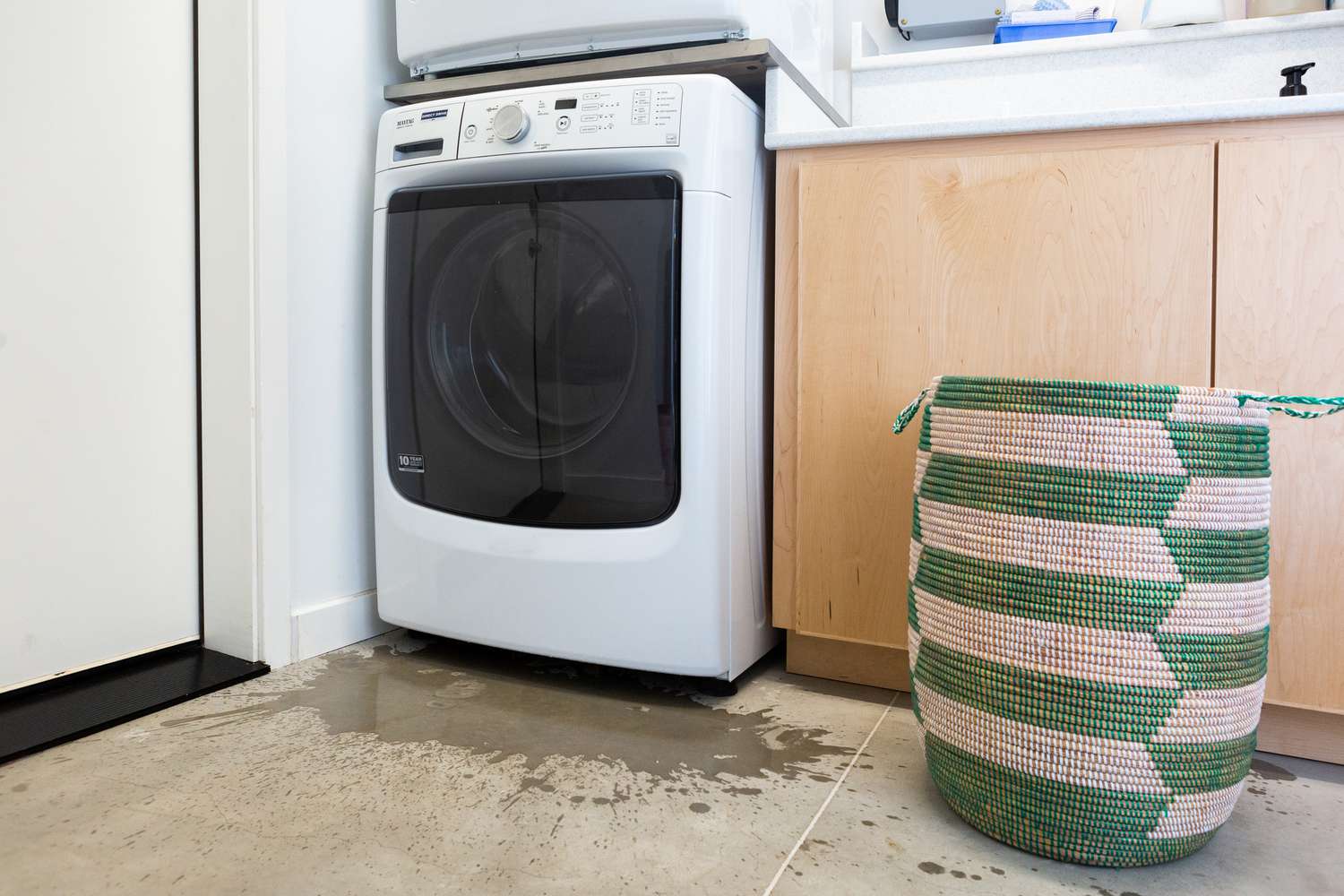
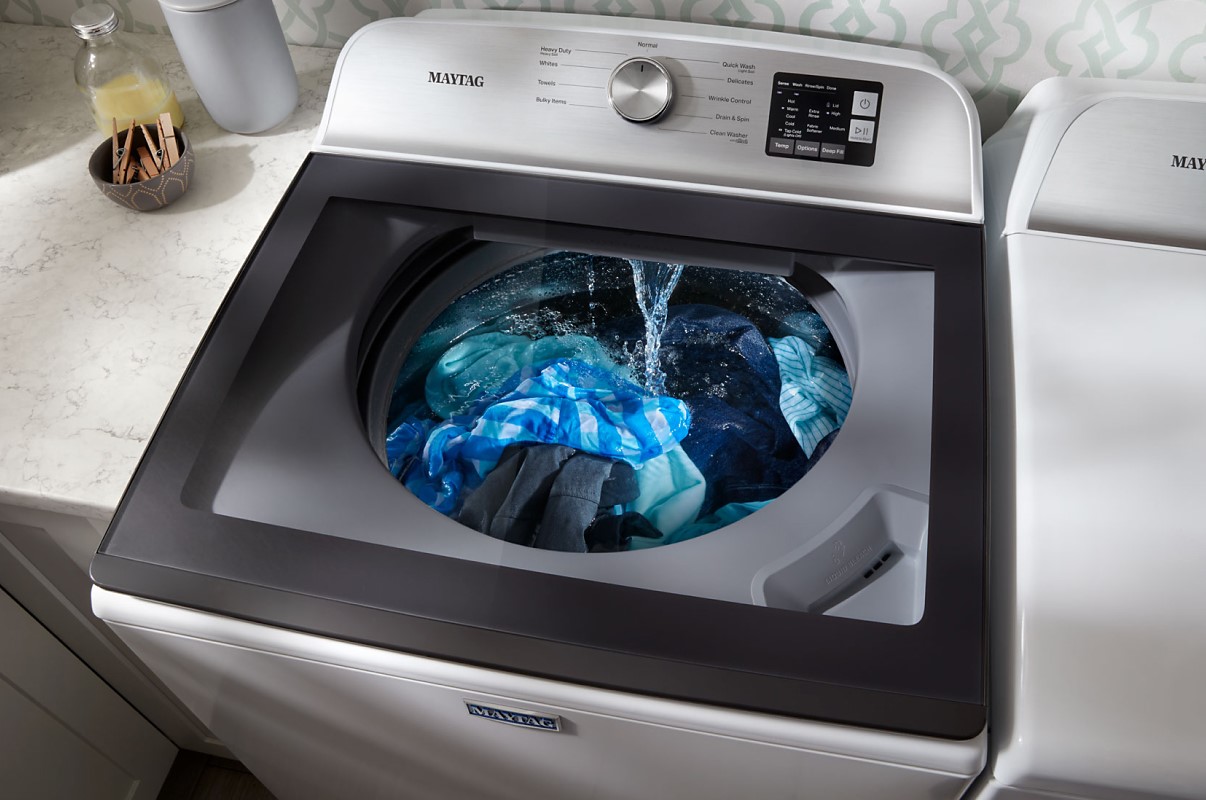
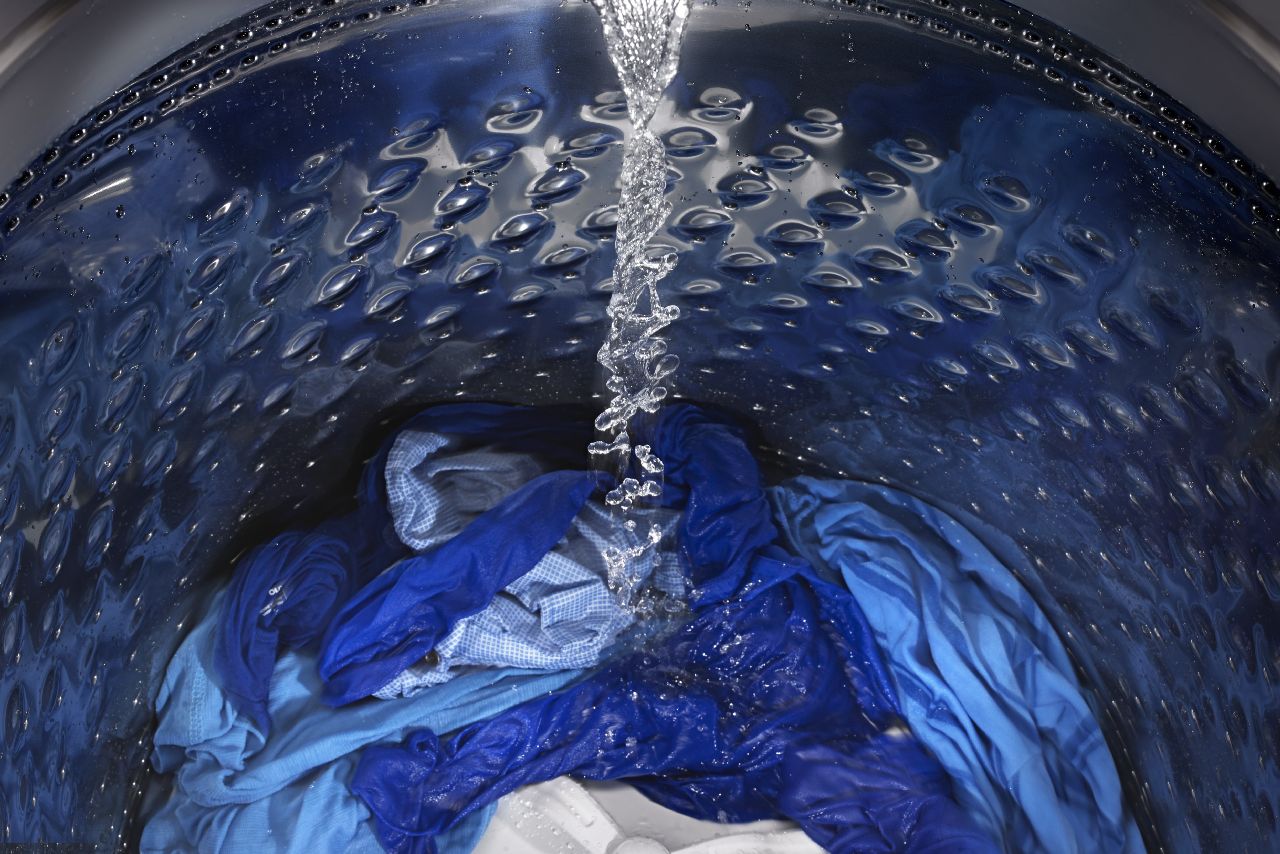
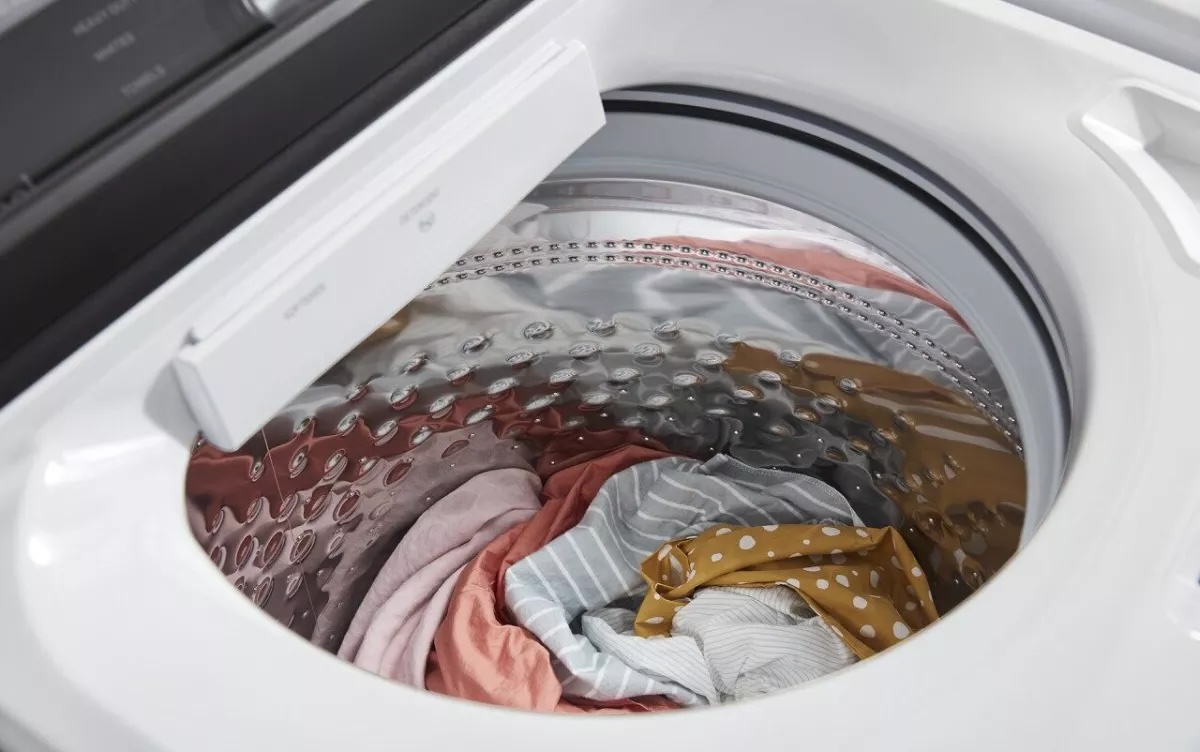
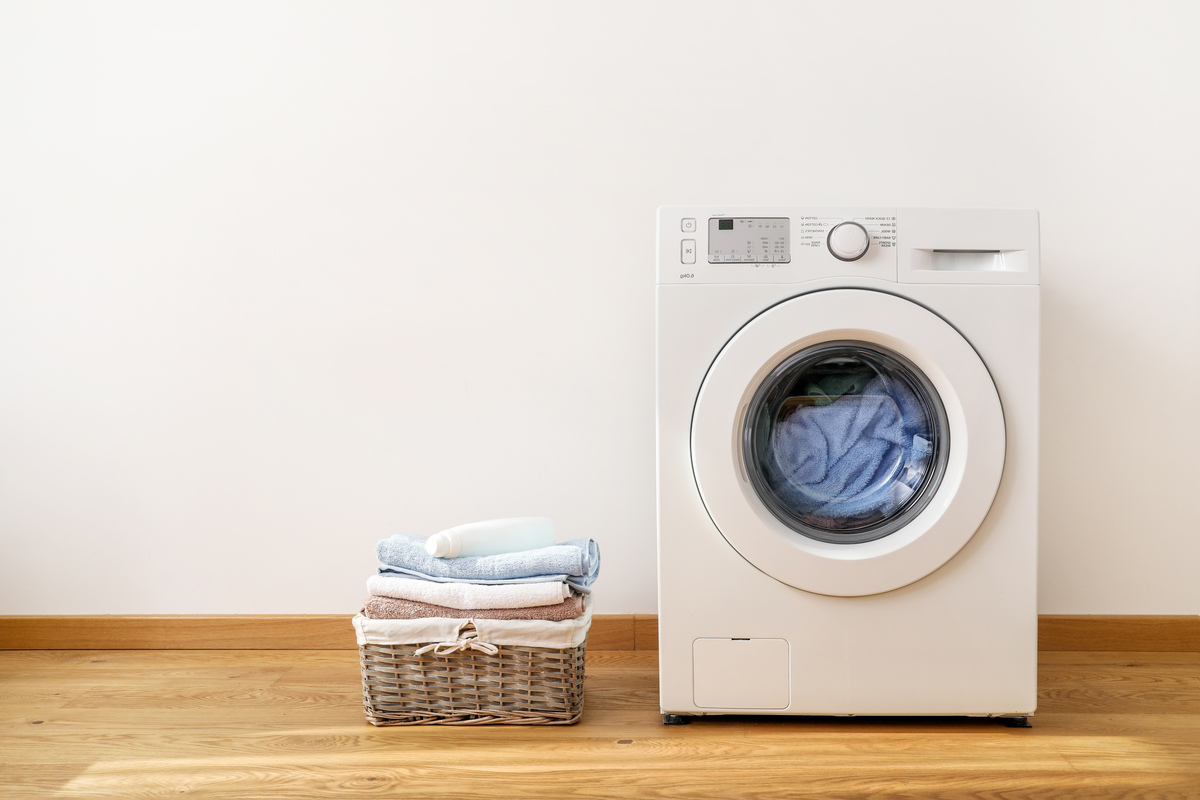
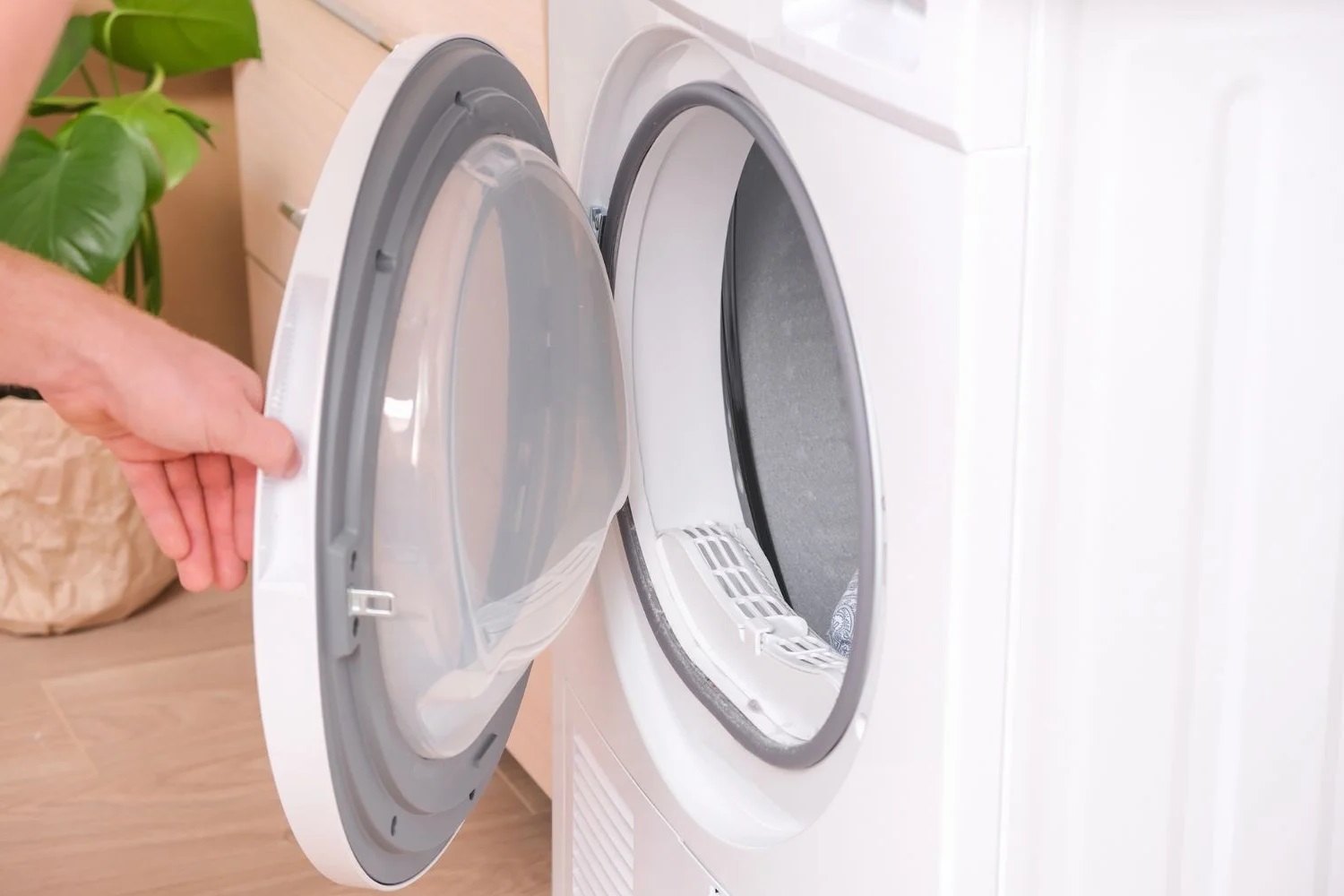
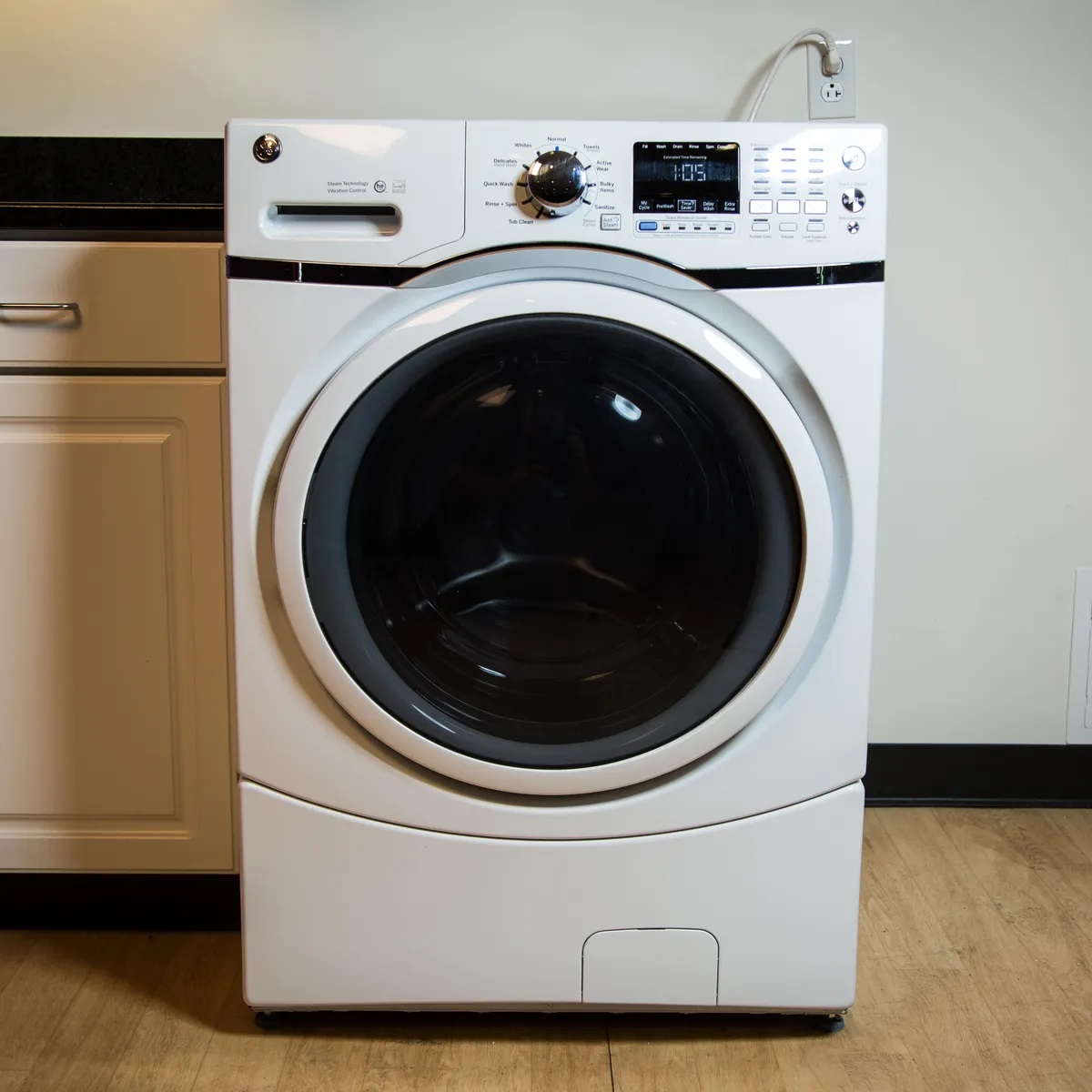
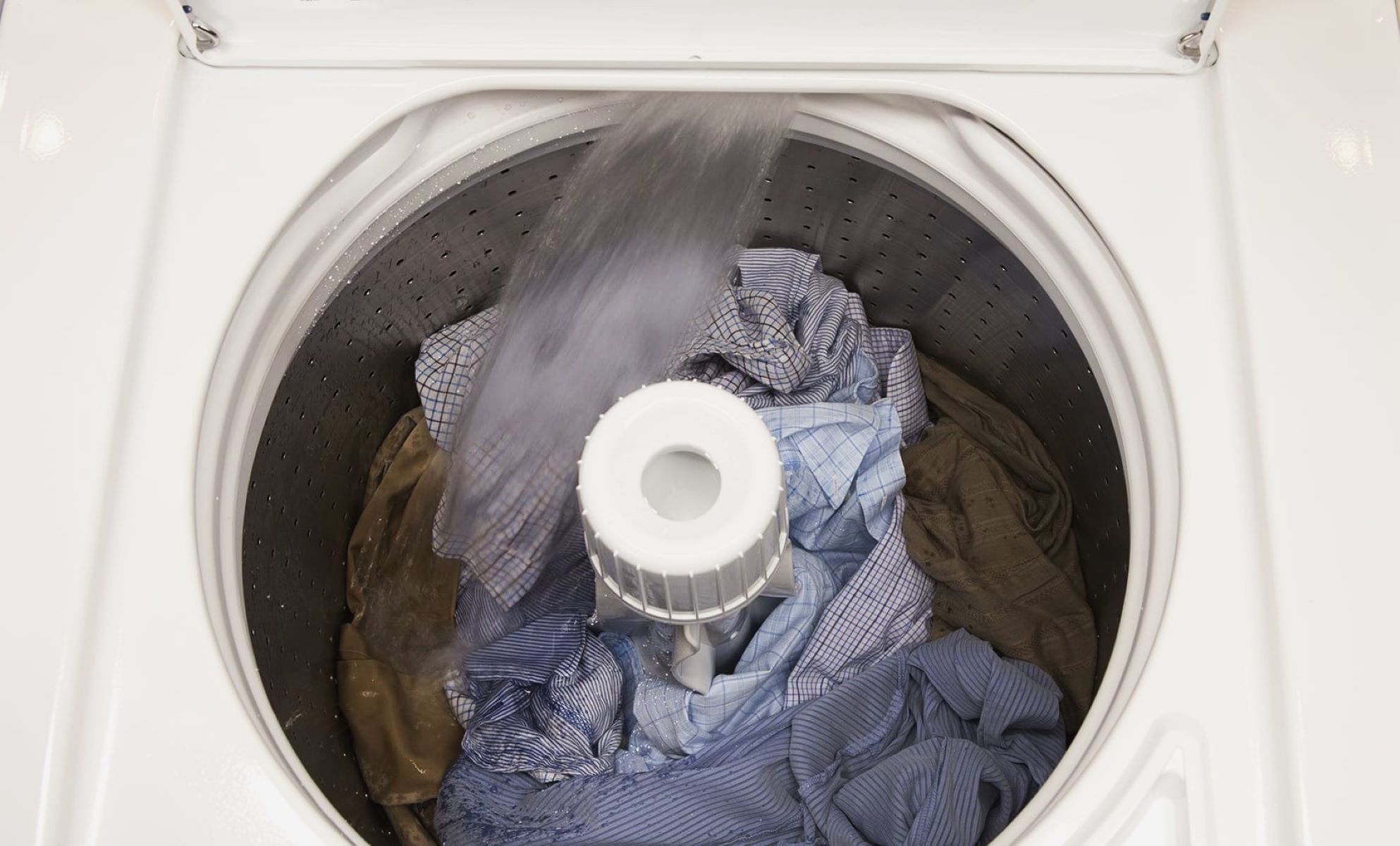
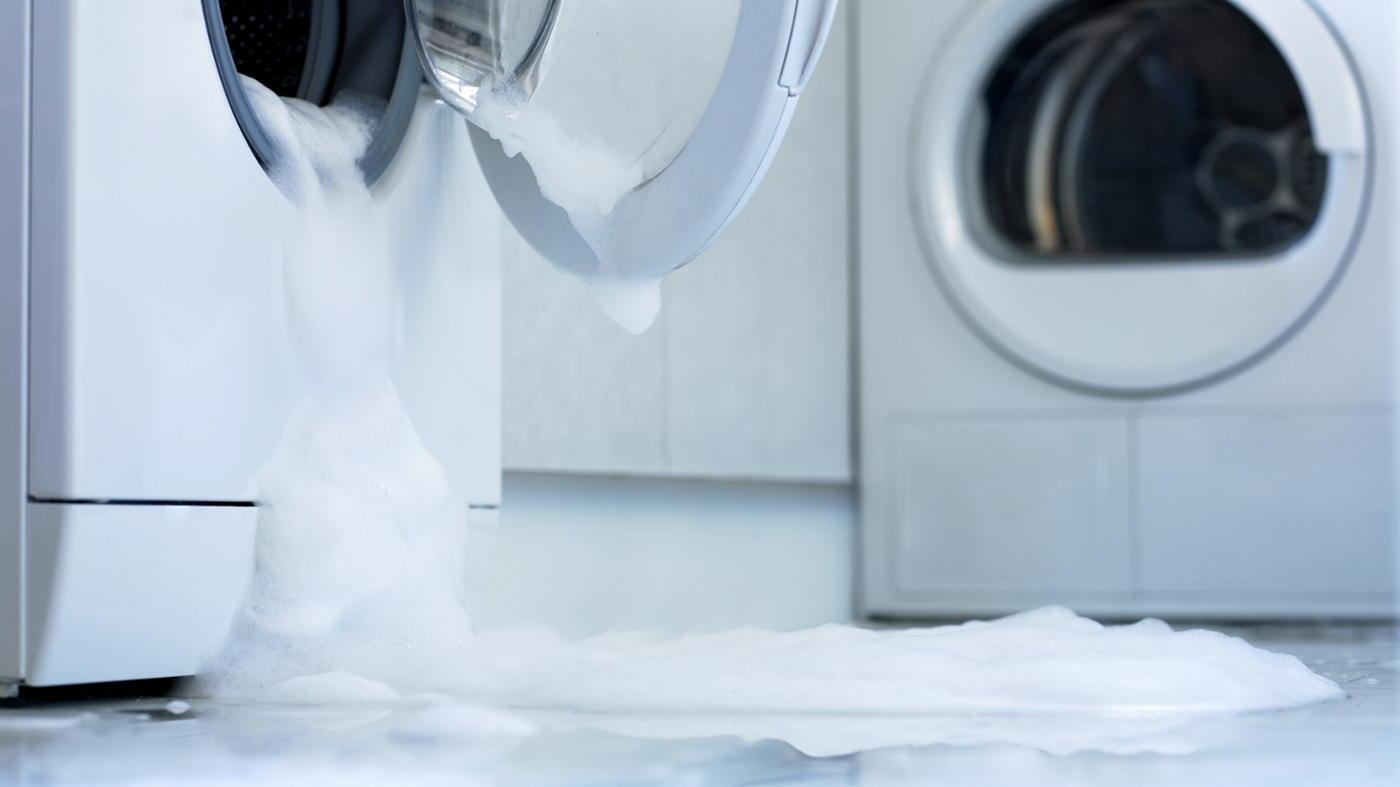
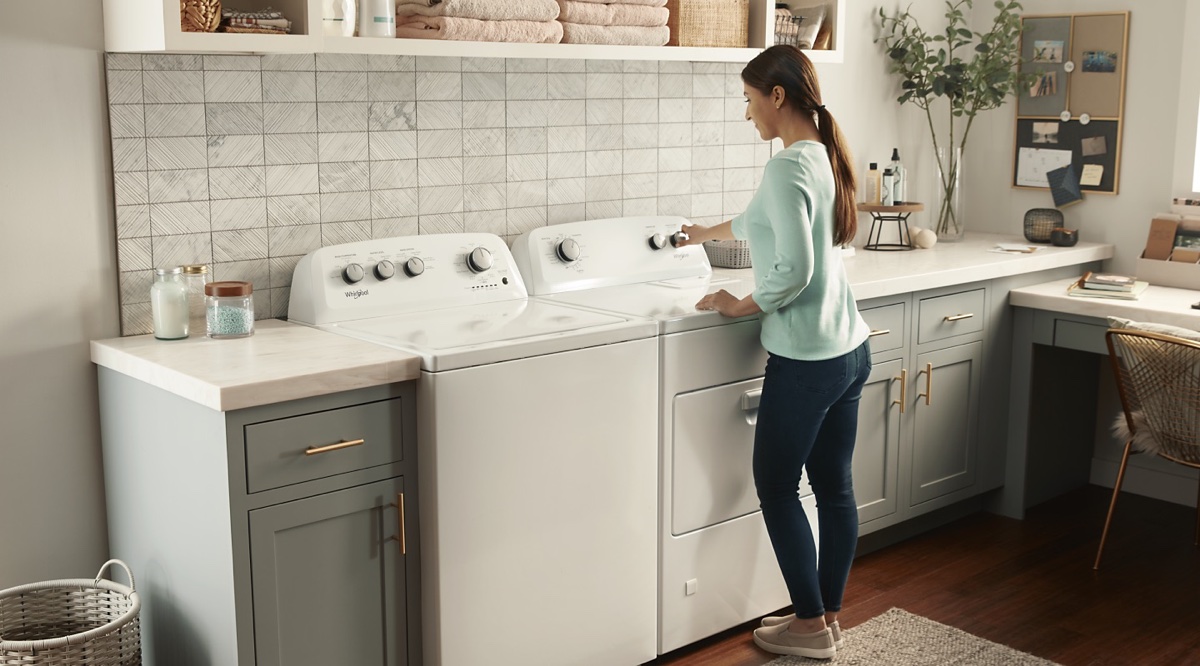
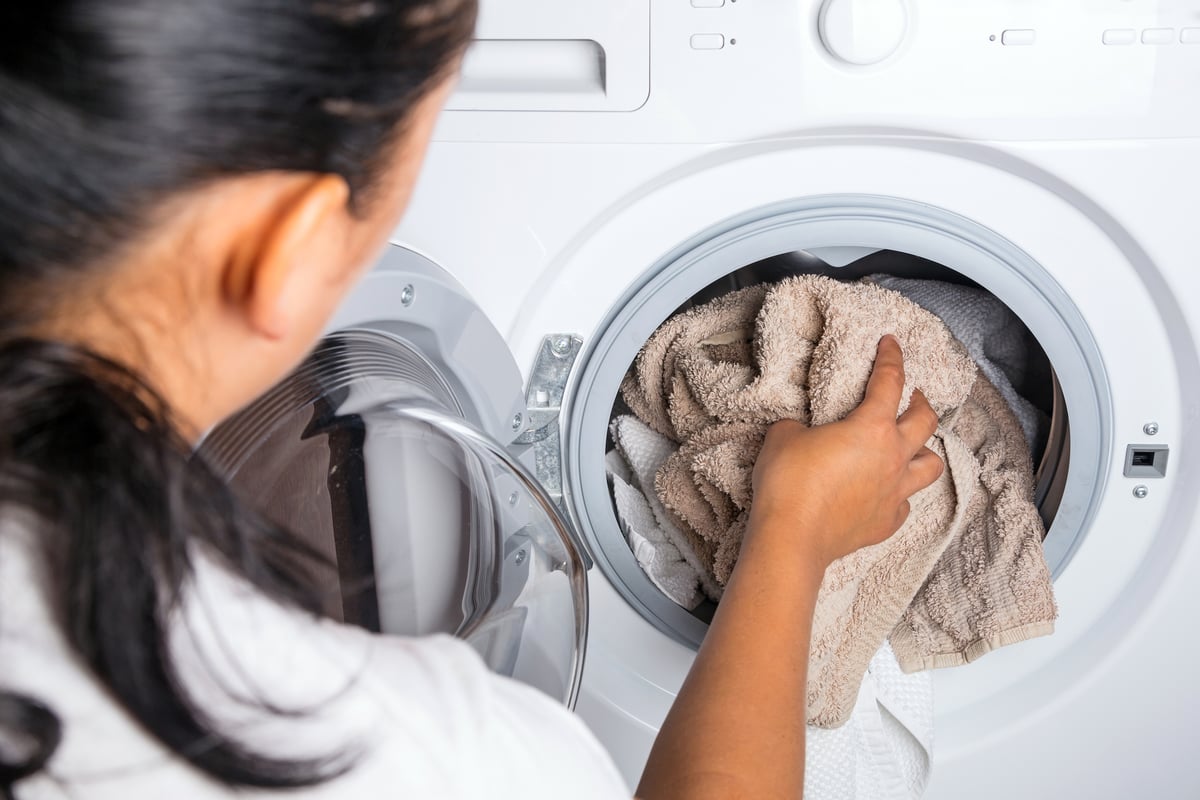
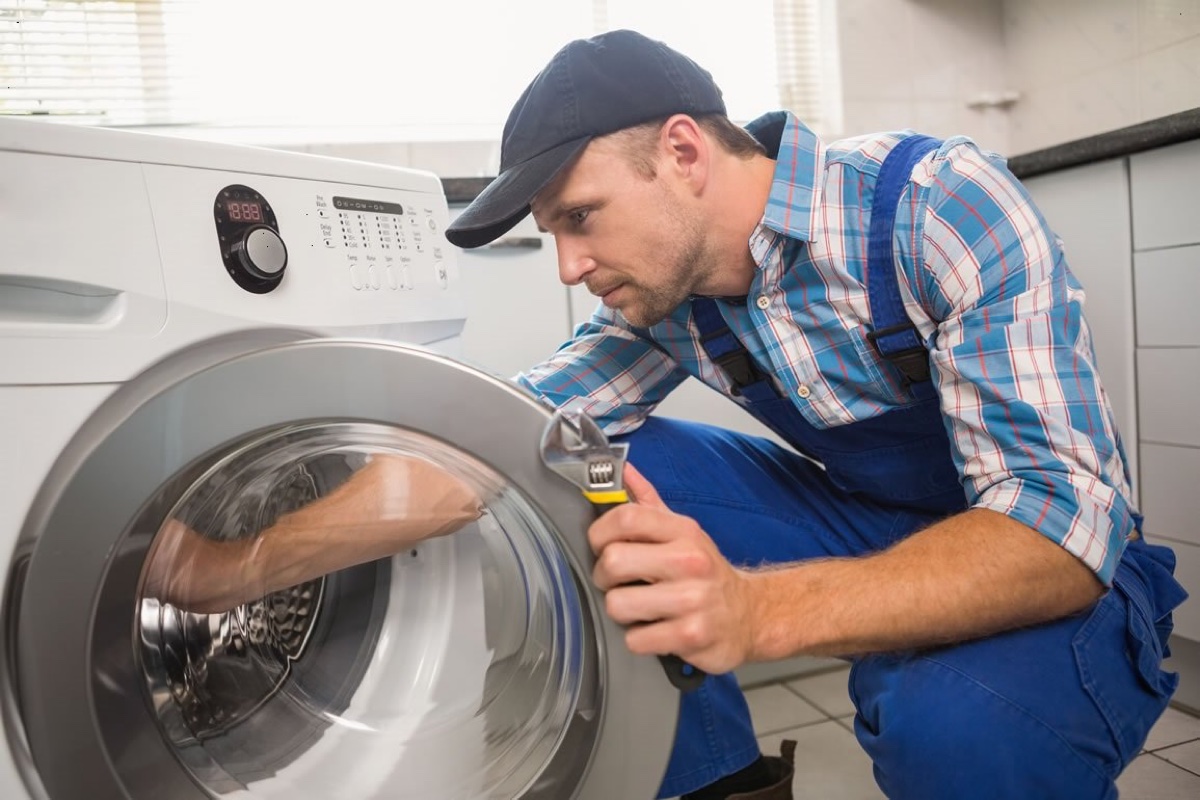
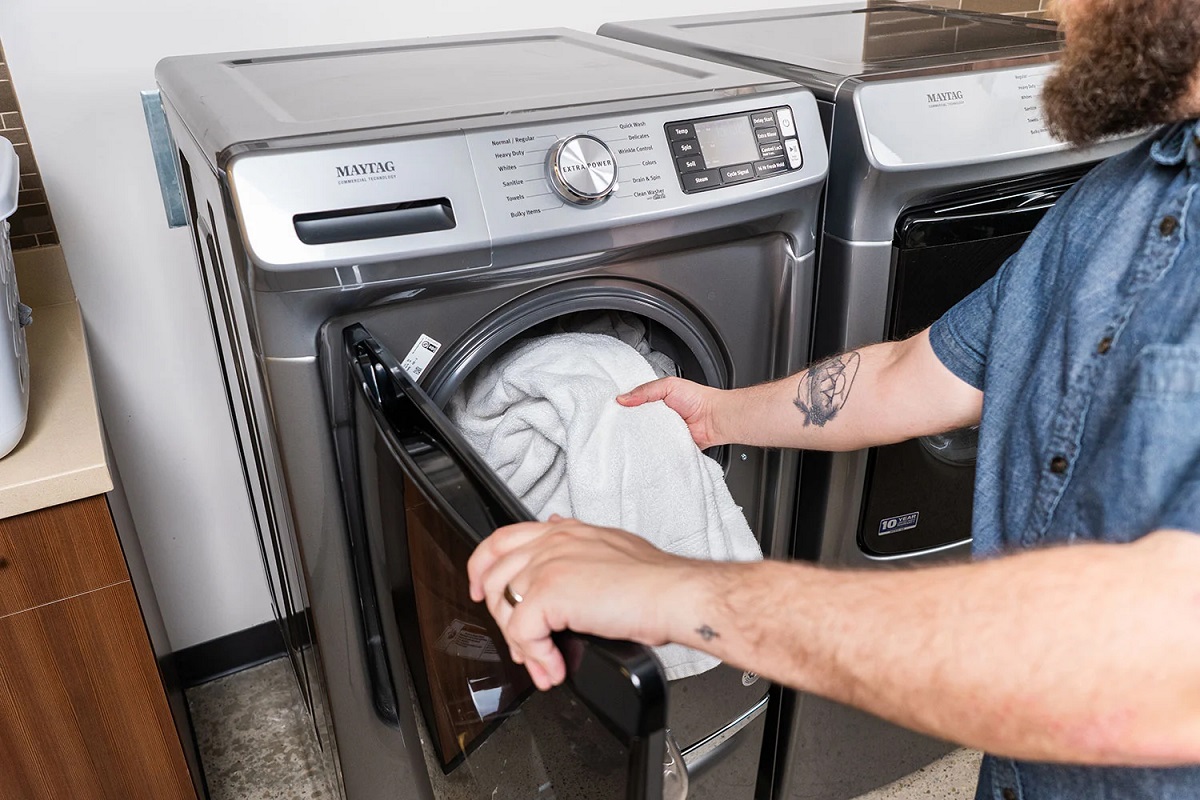
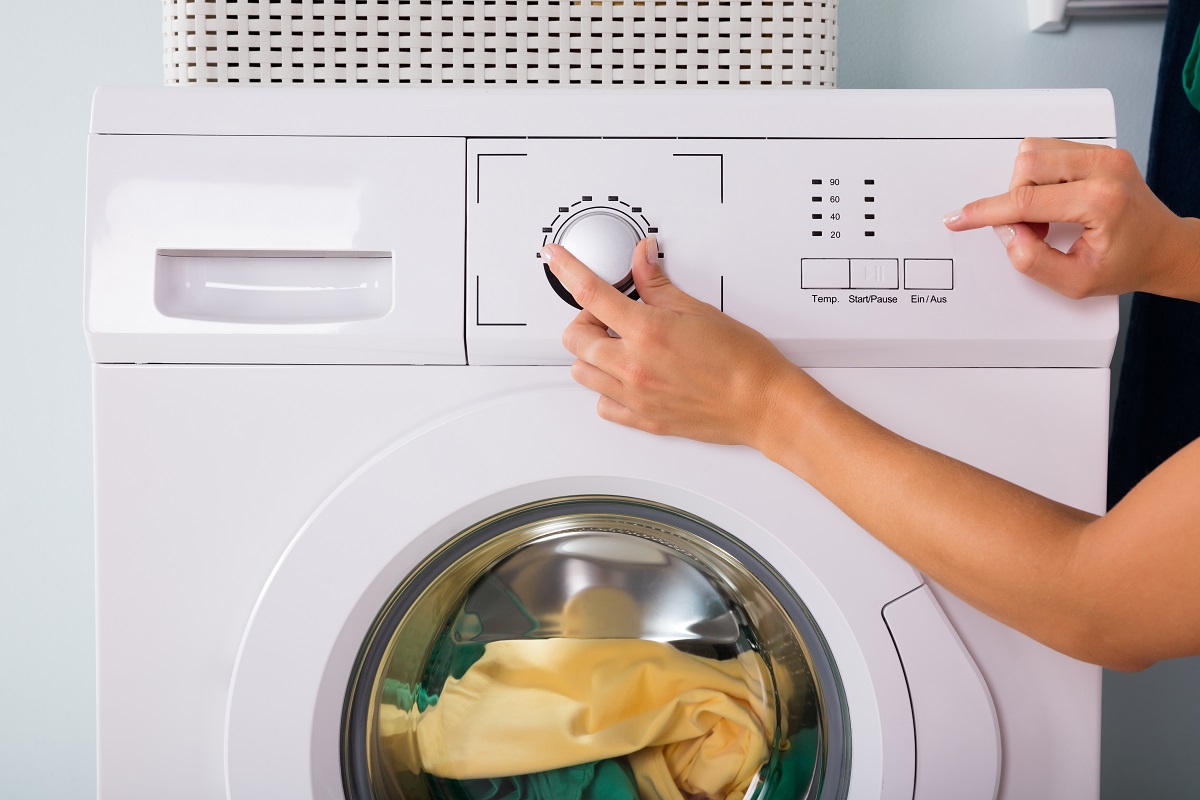
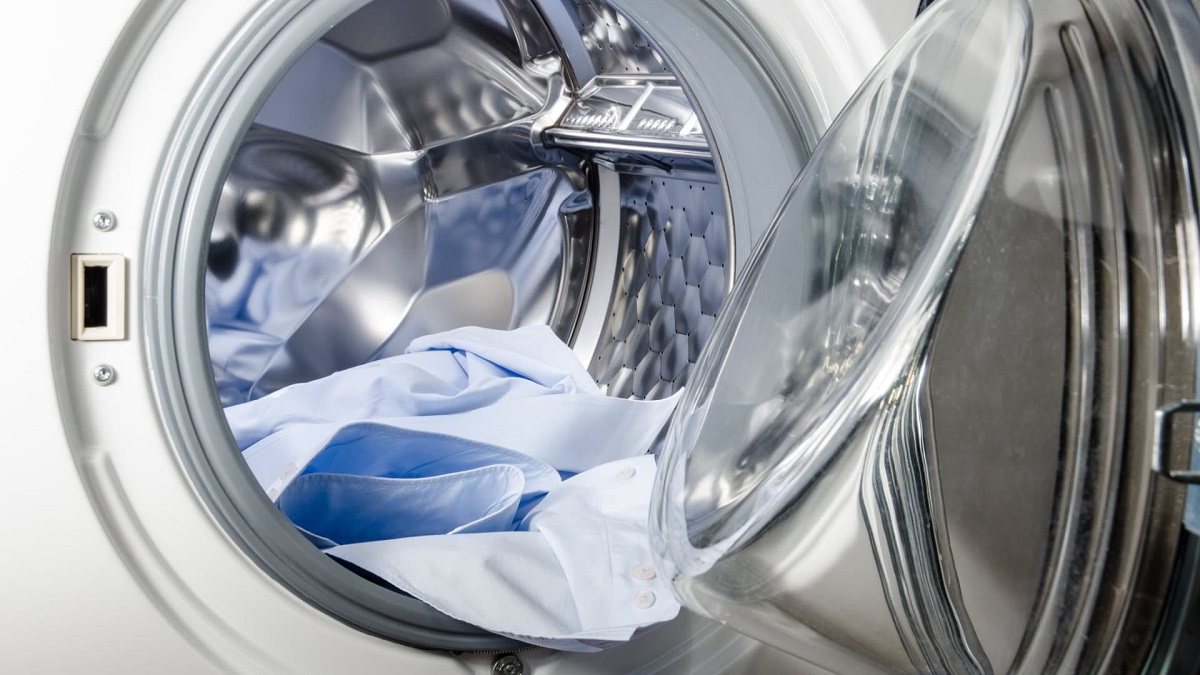

0 thoughts on “Why Is There Water In My Washing Machine”